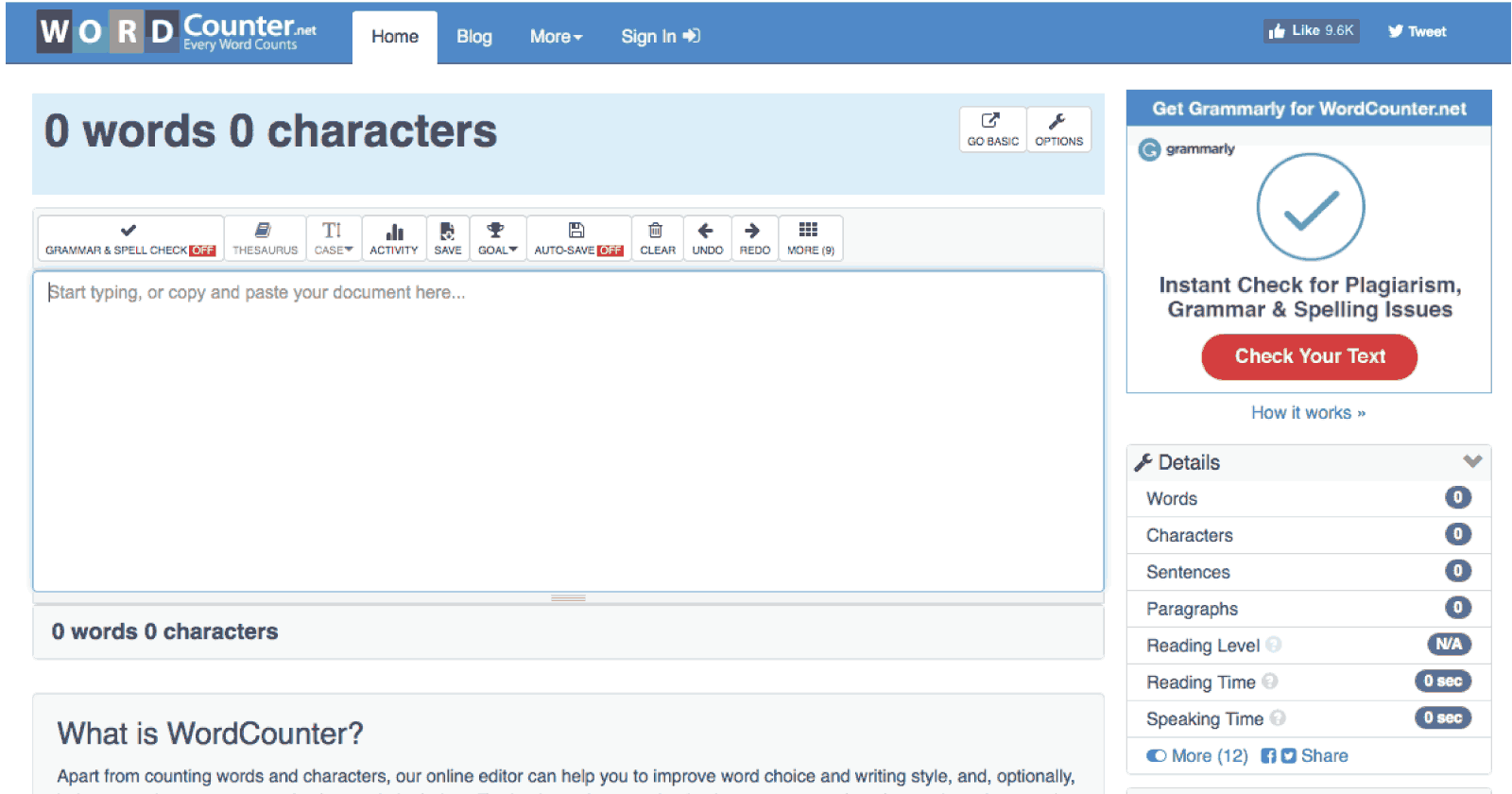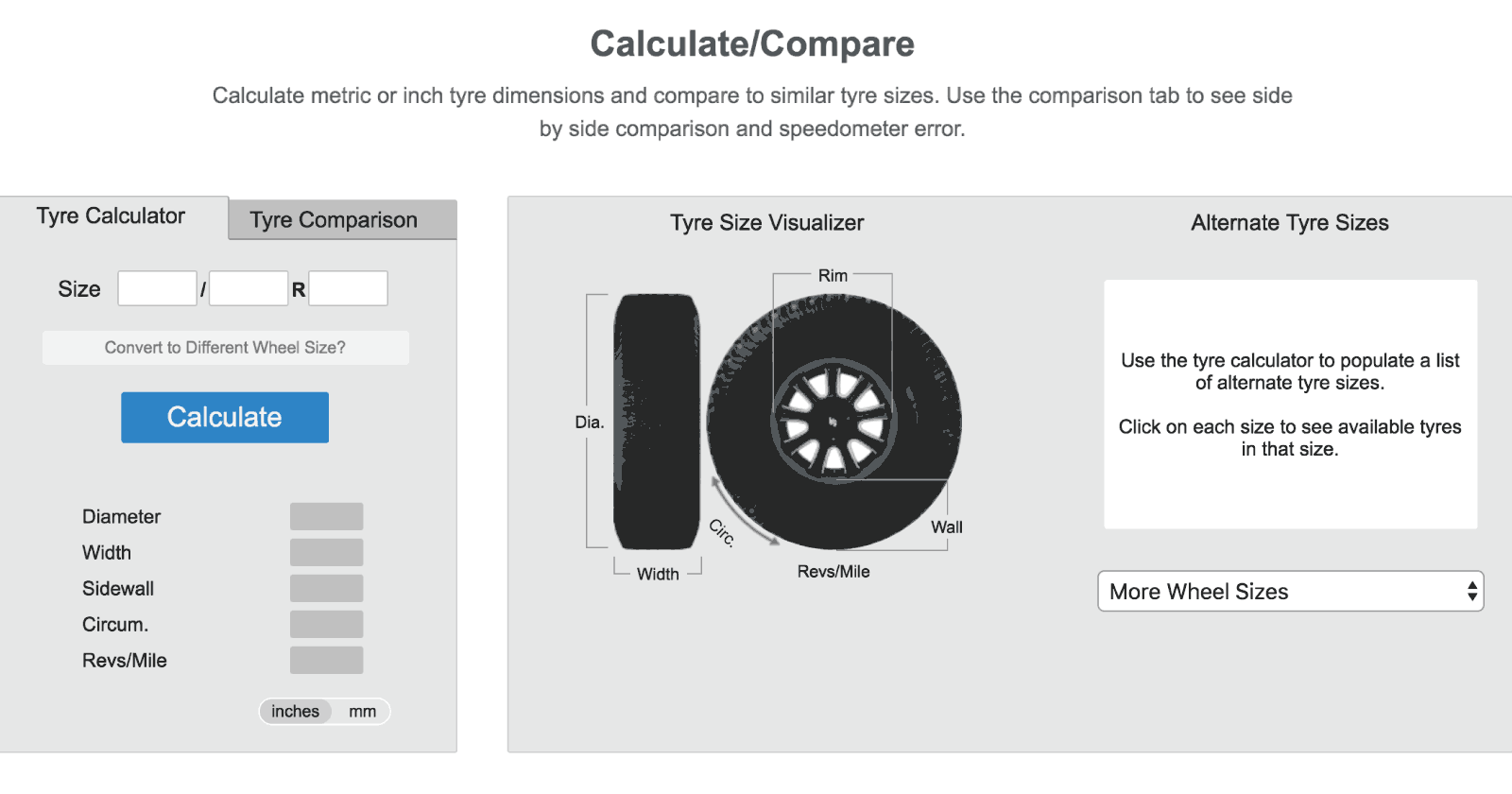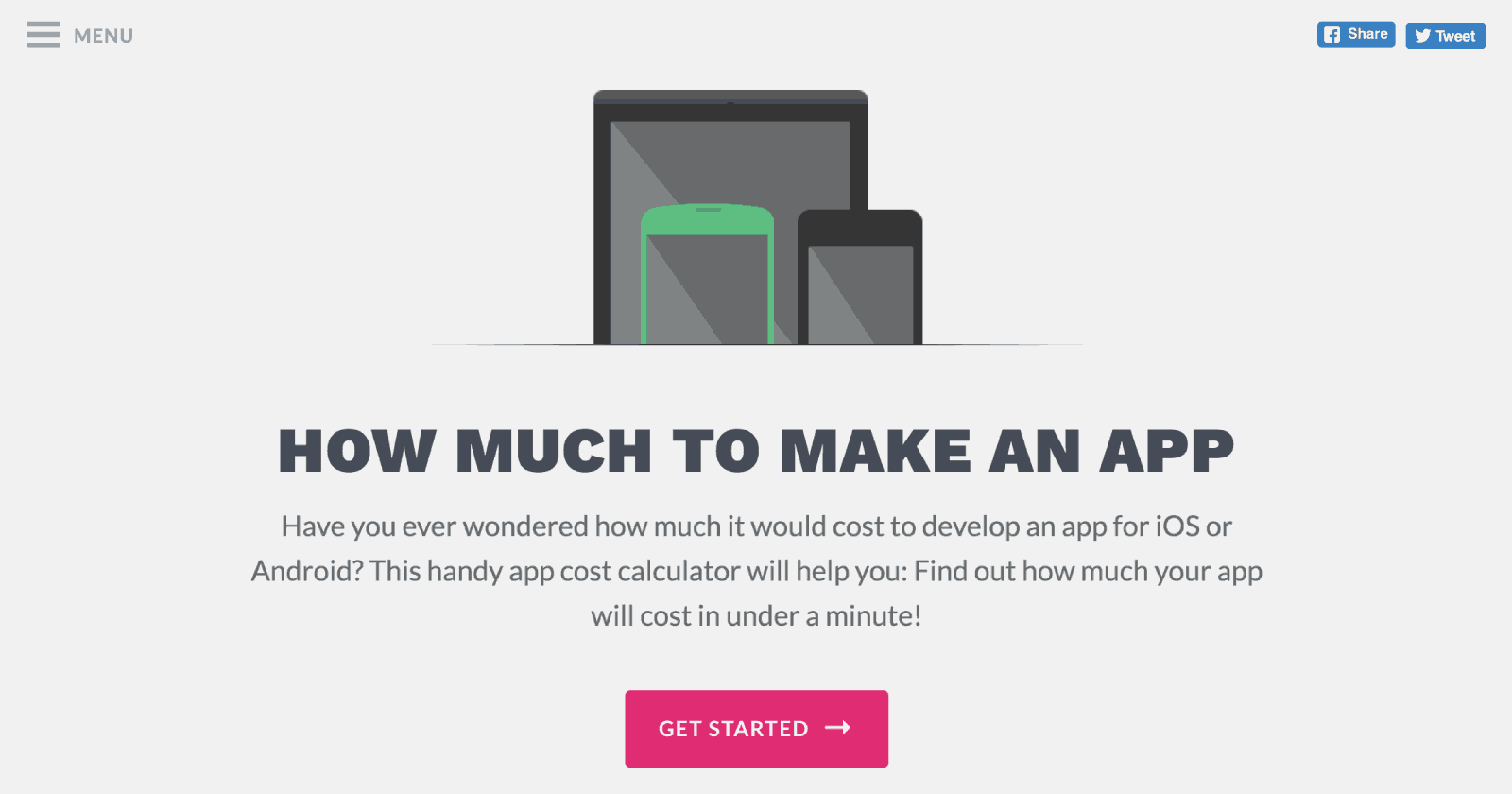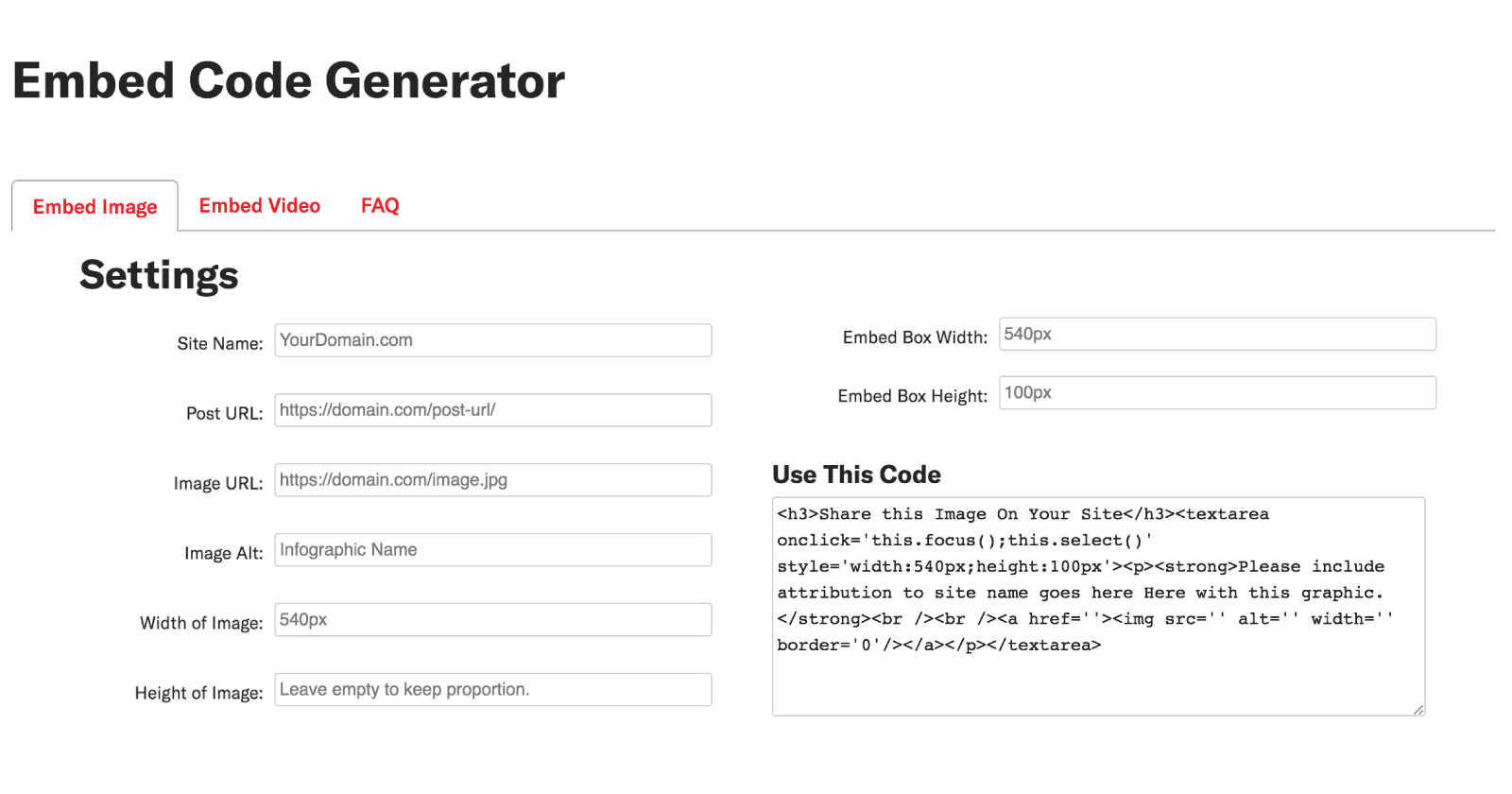Calculators and other free online tools have been around for a long time and are no flash in the pan trick, but I’m now seeing them as one of the best content-based vehicles to build links of real value.
To clarify, a tool is a digital means of processing an action or providing insights – think of Answer the Public or Buffer.
Calculators are a form of tool that processes data to offer an answer based on a set of variables. Think of:
Why Build Calculators & Tools
What paid tools often do well is to offer a freemium version that completes one action of significant value but has limited results. Just enough to:
- Encourage linking but not giving away the full scope of the tool for free.
- Get a user hooked on the tool and more likely to upgrade.
Think of Buffer, Screaming Frog, BuzzSumo, etc. The free Buffer account has been invaluable to me over the years.
Calculators, on the other hand, are amazing because they offer so much value. I have the percentage calculator in my bookmark and use it on a regular basis.
Am I going to link to them and cite them if I ever get the opportunity? Of course, I will because they help me for free.
Psychologically, they have an advantage as in the exchange of value I have taken something and to make it fair I want to give something back.
It’s all about the rule of reciprocity. If you understand this, then you understand how to get good links.
And people like to share good things that work or make their life easier.
Above all, calculators and tools make such good link content because they are evergreen – you can keep building links to them for years and the investment keeps paying back long-term.
5 Examples of Great Calculators & Tools
1. WordCounter

WordCounter is a tool I use a lot for a variety of tasks, such as checking title/description length and auditing competitor content. I prefer directly pasting into here than using a Chrome app as it has more control.
If WordCounter could generate Lipsum then I would be happy.
The tool has been around since 2008 so it captured the market early and has maintained a dominant position and as a result has a strong link profile.

2. Tyre Size Calculator

This calculator is for serious petrol heads and was recommended to me by someone who does race classic cars they’ve restored.
You can search for one tire or compare two to compare the width/diameter/sidewall and measure the revolutions per mile – essential if you are racing cars or want the top performance out of your car.
The page has a healthy link count and I would expect this will keep paying back for years being of such value to anyone in this niche industry.

3. How Much to Make an App

As with the best calculator and tool development, this tool was created out of user demand.
Z1 is a web agency and after being continually asked the same question, they created an app so they could field enquires and not waste time sending out quotes to people underestimating how much an app costs – thus reducing time wasters.
As a bonus, the app became widely popular and has generated a strong link profile and considerable exposure for the brand.
As a result of the success, they developed a range of tools, including App vs. Website? and How Much Does a Website Cost?
Considering the impressive link count, this has been a highly successful tactic for Z1 for marketing.

4. Is It Better to Rent or Buy?
Financial based calculators are probably the most popular kind, with mortgage calculators, retirement calculators, and tax calculators heading the list.
The New York Times went for a fresh approach to the question of “how much does a mortgage cost” to comparing the cost of buying against renting. The theory being that buying is not always the better option that people think.
Benefiting from the platform that only the New York Times can offer, this calculator was widely talked about when it launched and subsequently is the most mainstream out of all the examples shared here.
Beautiful and elegant, the tool is an excellent example of how visually pleasing simplicity is – yet, oh so difficult to code.
The link count reflects what you would expect from a tool of this caliber.
5. Embed Code Generator

Siege Media does great content-based link building so it’s no surprise that they offer a perfect example of a niche tool for a highly-targeted audience.
When the embed code generator launched in 2013, it was at the height of the infographics-for-links period. It addressed the issue of getting the proper citation and link for your infographic from the publisher.
It’s a well-conceived idea and solution that works brilliantly to take the complication away from figuring out the right way to structure and embed code for anyone who can’t code.
This is an example of how a simple concept solving a niche problem relevant to your audience can see successful results. It’s also brought a nice link count for Siege.

What Sort of Calculator or Tool Should I Build?
When producing a tool, the concept is key. The best calculators come out of user research and surveys.
Know what your audience wants to know.
When you can define what problems your audience needs solving, then you can begin to structure your ideas around this.
Tools that are simple and focus on one process or action are far better than trying to complicate a user with too many options.
Think of simple questions such as:
- How do I write this embed code?
- How much will this app cost?
- How many bricks do I need?
Calculators are popular, so to get traction with links, you will need to think a little more creatively and bring a fresh perspective to an existing idea or combine two existing ideas into a unique one.
Reverse engineering the link profile on exciting tools will help you to understand what sites are linking to these tools and then consider what variation or new tool they might be interested in.
Broken link building works well for tools by searching for best [niche] tools or best [niche] calculators and reviewing what tools are broken or outdated on the page. You can then create something improved to outreach to the same sites.
How Often Should I Be Building Calculators?
Using calculators and tools to build links fits within your “hero” content production cycle.
Depending on your content budgets, your development of tools could be limited to an annual basis or at the most every quarter.
It would be highly unlikely that even the best budgets can create a tool per month in one niche due to a limitation of ideas – but it isn’t impossible.
Summary
Timeframe: Tools fit into your hero based content that has more investment and less frequency.
Results Detected: From when you begin outreach, link count will start to build after 2 months onwards.
Tools needed: A good coder! There are a few subscription-based tools for ease of producing a calculator, but I recommend getting a coder and building your own as it will be cheaper in the long run and you will have a far better piece of content.
Benefits of building tools for link building:
- Unlike PR based content that has a spike of traffic and then tails off quickly into obscurity, the right tool is the piece of content that can keep giving links for years. The evergreen factor means they can be promoted over and over again on a periodic basis to keep topping up more fresh links.
- After your initial outreach seeding, a good tool should gain its own momentum and begin to deliver sustained links by itself through the waterfall effect assisted by periodic boosts of outreach rounds.
- If you position your tool correctly, your traffic will be highly relevant to your brand. This technique works especially well for SaaS businesses who can offer a small tool at the top of the funnel that becomes a pipeline for leads.
Image Credits
Featured Image: Paulo Bobita
All screenshots taken by author, May 2019







